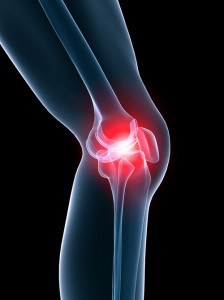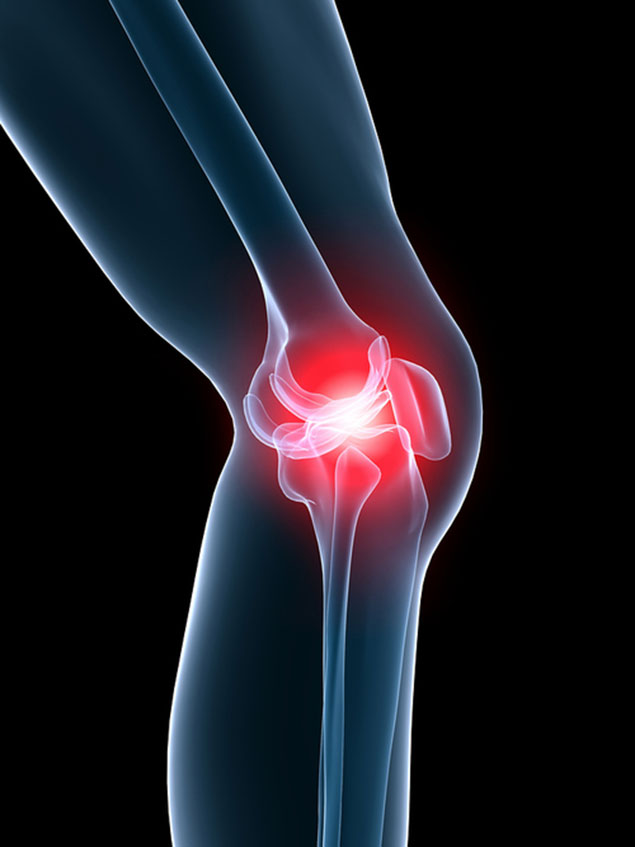
Acupuncture has been studied quite extensively from a Western perspective in recent years. The majority of acupuncture research funding gets directed toward conditions of pain. Originally though, Chinese medicine was about illness prevention and treating one’s constitution, before problems arise. When treating pain, traditional acupuncture focuses on the underlying issues that may cause a painful condition to develop, as well as easing the actual pain itself. This explains why different people with the same complaint get treated differently by classic acupuncture protocols. Two different people with the same knee osteoarthritis will likely have similar local needle points used around the knee, yet will receive fundamentally different points regarding their different constitutions.
Drs. Terry Selfe and Anne Taylor of the Center for the Study of Complementary and Alternative Therapies (U of Virginia) reviewed the scientific research published in English journals. They included randomized, controlled experiments studying the effects of acupuncture on knee osteoarthritis. Ten trials representing 1456 participants met the inclusion criteria and were analyzed. They concluded that these studies provide evidence that acupuncture is an effective treatment for pain and physical dysfunction associated with osteoarthritis of the knee (Family and Community Health, 2008, Vol. 31, No. 3, pp. 247-254).
These reviewed knee osteoarthritis experiments represent a wide variety of acupuncture protocols and techniques. Variables included the use of electrical stimulation, the frequency of treatment, the number of needles, the location of needles, and the needling technique. Over half of the protocols used the same 4 acupuncture points locally around the knee, whereas some did not even define protocols (they left it up to the acupuncturist to decide based on the changing circumstances each treatment). These huge variations in protocol mean that it is difficult to make more definitive conclusions about the efficacy of acupuncture in general, or about which protocols are the most effective.
Regardless, the authors of the review state, “On the basis of the findings of the studies reviewed, acupuncture should be considered a viable adjunct or alternative treatment of knee pain and dysfunction associated with osteoarthritis of the knee for the thousands of individuals across the country who are suffering from symptoms of this chronic disease.”
The authors of the review commented on the variation in the outcomes of the studies: “All 10 of the studies measured pain, and 6 of these also measured physical function. Only 1 of the 6 studies determined that the difference between treatment group and control group was not statistically significant for either of these 2 outcomes….the other 9 studies concluded that
acupuncture was effective… the strongest evidence comes from the [four] sham-controlled trials as this design controls for the placebo effect. ”




